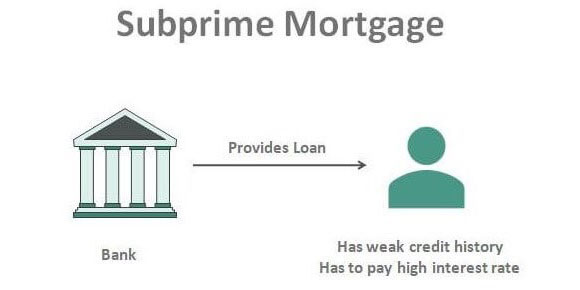How to pay for college with no money saved? There are a lot of people in the same boat as you if you are worried about paying for college but don't have enough money saved: According to research conducted by Sallie Mae, over half of all households do not have a plan in place to pay for college before their child enrolls in classes. However, you have choices that may reduce the overall cost of earning a degree. Here are several methods to pay for college without having any funds and avoid crippling debt.
Borrow Loans, But Set Limits
If you need more money for college, you should begin by applying for financial help that doesn't need to be returned, such as scholarships, grants, and work-study programs. After those types of aid have been exhausted, you should apply for federal student loans in the student's name. The maximum amount that a student may take in federal student loans for their first year of college is $5,500, and the total amount that can be borrowed for an undergraduate degree is $31,000.
It is unlikely that this sum will be sufficient to pay the cost of a standard college degree. According to data provided by the College Board, the yearly tuition and fees for in-state students attending a public, four-year college were estimated to be $10,560 in the academic year 2020-21. These expenditures are greater for students attending private colleges and from other states.
Through the PLUS loan program offered by the federal government, parents can borrow the whole amount necessary to pay for their child's education at nearly any college. That is rarely a good course of action. Before applying to schools, it is a good idea for parents to determine how much they can give and how much they are willing to contribute. In general, parents should borrow no more than they can pay off before retirement, all the while maintaining their ability to save for retirement.
Apply To Financial 'Safety,' 'Target,' And 'Reach' Schools
Based on the student's academic credentials, guidance counselors typically advise students to submit applications to one of three categories of colleges: "safety" schools, which are virtually certain to say yes, "target" colleges, which are likely to accept them; and "reach" options, which are colleges where acceptance is a long shot.
In addition to a "safety" school, where tuition and fees are known to be within the family's means, they should consider "target" schools where they hope tuition and fees will be reasonable and "reach" schools where they hope to be pleasantly surprised by generous financial aid. All institutions' websites should have easy access to net price calculators that can help identify prospective students.

Consider Alternatives
It is asking a lot of teenagers at 17 and 18 to determine what they want to do with the rest of their life at such a young age. However, hedging your bets might cost you a lot of money, particularly if you didn't have much money saved, to begin with. Internships may provide students with real-world views of prospective career choices, and most schools and universities have career counselors who can assist students in sorting through their alternatives.
A bachelor's degree is only sometimes necessary to pursue a certain line of work. Some students could do better in an alternative educational track, such as an apprenticeship program or a coding boot camp, rather than the traditional one.
For individuals who will require a degree that is four years long, attending community college for the first year or two may considerably reduce expenditures; however, this may also raise the likelihood that a student will not complete their education. Self-motivated people who are committed to getting a degree and can do the footwork in advance to guarantee that their credits will transfer to the preferred four-year university may find that community college is the best option for them.
A gap year could be a decent choice for those who aren't very driven or trying to decide what to major in when they age. They will have one more year to mature and get their priorities straight before having to start paying for college. They could even pay for work to offset some of those expenses.

Trim Expenses and Tap Assets
Listed below are some alternative methods that may be used to assist in the financing of higher education in the absence of savings:
Reduce discretionary costs. This may free up some funds for college expenses. The typical suspects include reducing the number of times you dine out, purchasing secondhand items rather than brand new ones, taking inexpensive vacations, and scouring your monthly bills for "leaks" such as memberships or subscriptions that you aren't making use of. An away-from-home discount may be available from your vehicle insurance if your child is attending college more than 100 miles away and cannot access a car during their time there.
Take advantage of any available tax savings. If you don't have enough money for college, you can get some assistance via education tax credits like the American Opportunity or Lifetime Learning credit.











